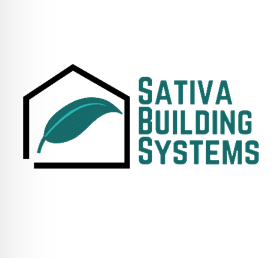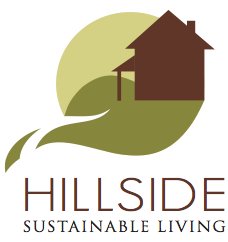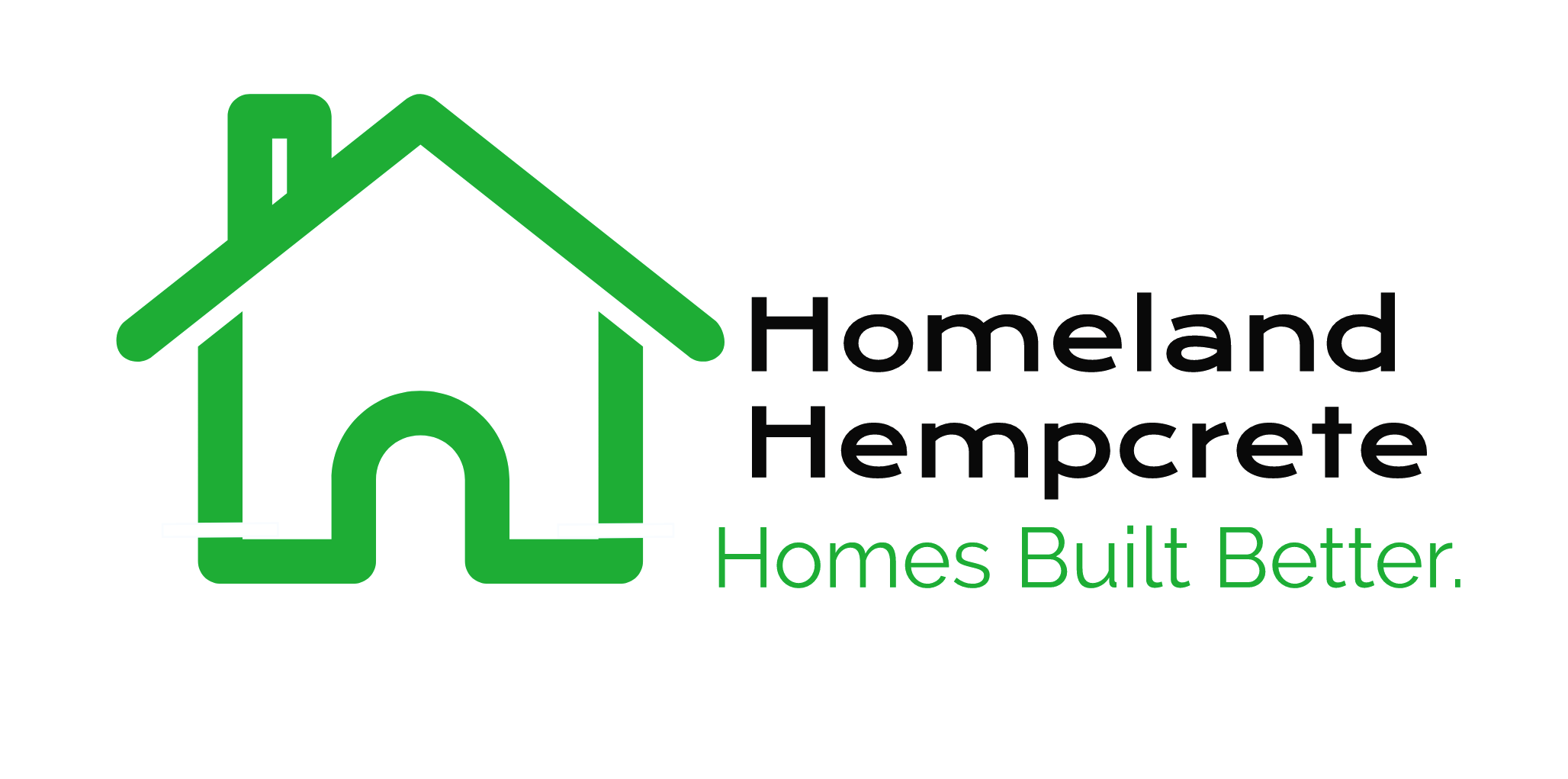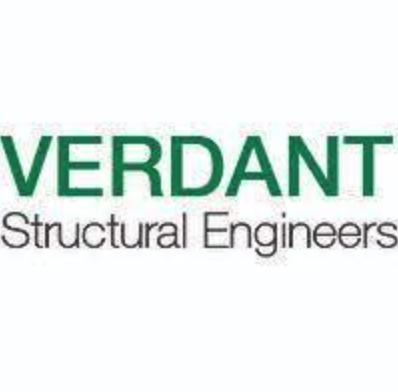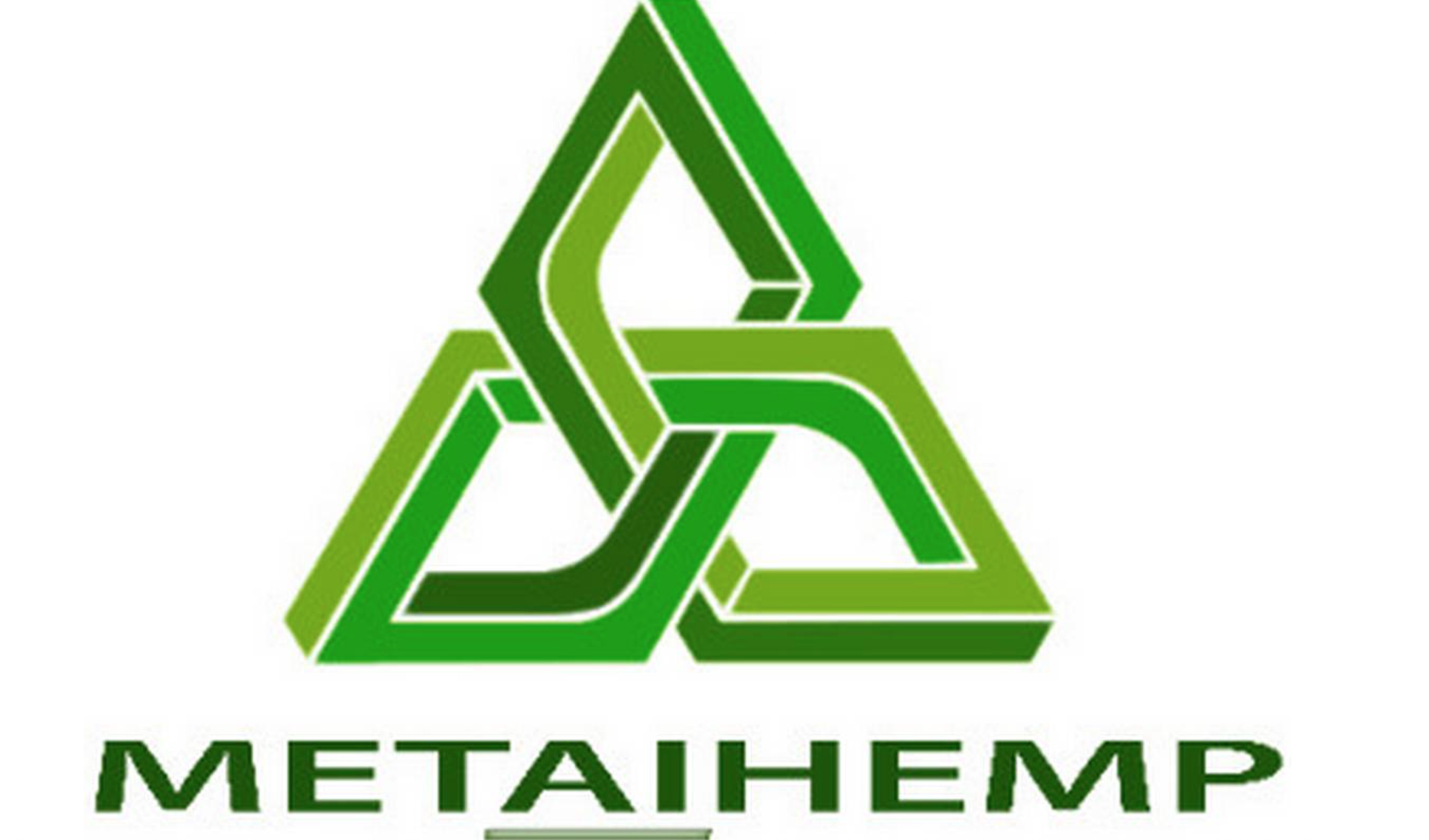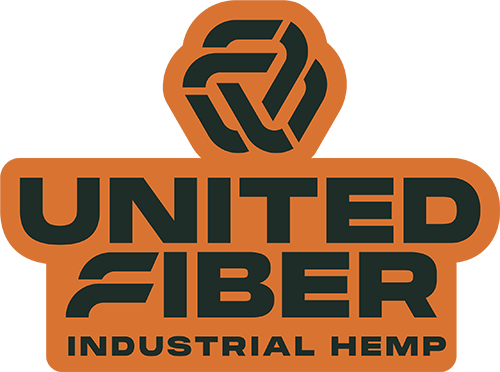Hemp-Lime Spray System Growing
Spray-applied hempcrete contractor training participants pose in front of 32 panels created last month at Americhanvre near Allentown, PA. Photo courtesy of Americhanvre.
By Jean Lotus
“Beyond my wildest dreams,” is how Cameron McIntosh described the fruits of his decision with his wife three years ago to license and distribute the French EREASY spray-applied hemp-lime application system.
Since 2021, McIntosh, founder of Allentown, PA-based Americhanvre, has personally applied hempcrete to about 30 US structures. But more importantly, McIntosh says he sees external validation for the future of hemp-lime building within national and state construction trends.
Clues are found in the US Department of Energy’s roadmap for decarbonization of the construction energy along with support from the Pennsylvania’s Department of Agriculture, local universities and the National Institute of Science-funded Pennsylvania Industrial Hemp Engine. Additionally, McIntosh’s company received a $1.9M SBIR research grant from the US Army to perform tests that will prepare hemp-lime for commercial applications in the United States.
McIntosh and Americhanvre hosted the company’s fourth hemp-lime EREASY training last month for 20 participants, bringing over from France Damien Baumer, the system’s inventor.
“Cameron is a warrior,” Baumer told Lancaster Farming’s hemp podcaster Eric Hurlock. “He's been fighting for the last three years, non-stop, to make this happen.”
Spray-training participants created 32 wall panels with two spray rigs and were treated to local specialties including Rita's Water Ice, Yuengling Beer and Philly cheesesteaks. The panel design was licensed from Bismarck, ND-based Homeland Hempcrete.
“I learned that I’m a badass!” said North Carolina participate Dani Baker, who hopes to build a hempcrete cabin.
The spray system is a “game changer” Asheville NC-based hemp-building pioneer Tim Callahan told Lancaster Farming. “It really democratizes [hemp-lime building].” McIntosh envisions an army of EREASY owner-operators, trained to insulate and retrofit buildings with a natural, bio-based material. About a dozen EREASY-certified hempcrete operators are now working in the United States.
But the most exciting part of hemp building is the convergence of opportunities in agriculture and low-carbon energy efficiency in buildings, McIntosh said.
The PA Department of Agriculture has supported industrial hemp as an emergent crop that dates back to the commonwealth’s Colonial history. This has led to the NSF’s new regional Pennsylvania Industrial Hemp Engine that will give federal support to localized research to build the supply chain. The US Department of Agriculture recently announced their “hemp roadmap” in Pennsylvania.
On May 25, the PDA will co-sponsor another Americhanvre hemp-building workshop in Barto, PA to build a 10 x 20 farm stand for Farmer Jawn’s Philly-based urban CSA program. The $100 workshop is co-sponsored by PA Fiber Shed (formerly All Together Now, PA) that has worked to reintroduce hemp for textile manufacturing.
Federal support for bio-based building
But what enthuses McIntosh the most is the renewed government interest in using biogenic materials to make the construction industry less destructive to the environment.
“We're really at this tipping point within the federal government where in the past they have been so focused on energy performance they supported spray foam, plastic, chemical sealants, things like that. But they finally recognized that in order to hit the climate reduction goals, they also have to address the materiality,” McIntosh said. The department’s new roadmap “literally mentioned bio-based materials as being part of their solution for zero carbon housing by 2050,” McIntosh points out.
Along with Americhanvre’s SBIR grant, companies and researchers have been winning the attention of grant-making agencies to develop hemp’s building material potential. These include Idaho-based Hempitecture, Inc. and Rensselaer Polytechnic University.
As part of the SBIR grant, Penn State’s Pennsylvania Housing Research Center will be working to monitor the indoor air quality, thermal and energy efficiency of hempcrete homes insulated by Americhanvre.
Americhanvre’s grant will also help develop an Environmental Product Declaration (EPD) – sort of a nutrition label for building materials.
In the future, McIntosh predicts that federal subsidies will be available for companies that use biogenic materials based on robust EPDs.
The future of hemp-lime construction
McIntosh believes the “sweet spot” for hemp lime construction will be “small and mid-sized developers” who will use biogenic materials with a mixture of modular and on-site methods. EREASY is perfect for hemp-lime larger scale construction projects like the Newburyport, MA Hillside Center for Sustainable Living, which is building 12 attached condo units from tip-up hempcrete panels.
“It’s companies like that who we’re targeting with the EREASY system,” McIntosh said. “Those are the kind of people I think that will be able to make real change.”
This article has been updated to correct the organization sponsoring the Pennsylvania Industrial Hemp Engine (National Science Foundation, NSF) and to add the source of the design of panels made at the workshop, Homeland Hempcrete.
Please Support Our Classified Advertisers
(To find out more about advertising CLICK HERE).
Help Wanted:
Publications
Hemp Building Directory 2024 - Guide to the International Hemp Building Industry
“Hemp Buildings - 50 International Case Studies” by Steve Allin
Green Builders
Build your hempcrete dream house in Austin, TX with Gradek Contracting and Design
8th Fire Innovations: 15 Years of Hemp Building in Alberta, Canada. Home of the Divita Block System
Experienced Natural Building Engineering Services from Verdant Structural Engineers, CA
Natural Materials Design at Plural Office Architects, Austin TX
Hemp Building Research and Training
Enrolling now Hemp Build School Masterminds online and IRL for Homeowners and Professionals
Hemp Hurd (shivs)/Hemp Fiber/ Hemp Microfiber
Your Hemp Agricultural Solutions: Whitefield Global Holdings
Grown in USA: Hemp and Fiber specialists at Complete Hemp Processing
Hemp Building Supplies, No Order Too Small. Hemp Traders, Los Angeles
Hempcrete installers/Insulation subcontractors
Hemp Build Network: We Make Building with Hemp Possible, New Braunfels, TX
Hemp Building Company: Hempcrete installation, supplies Lafayette, CO
Design and build your Hempcrete home with HempStone LLC complete consultants
Lime Binder
Hemp Batt Insulation/Supplies
Hemp Wall Panel Products
Preorder your hempcrete tiny house from Sativa Building Systems
Panel solutions from Homeland Hempcrete
Hemp Blocks
Financial Services:
Professional Associations






